Reading comprehension Normal Letter Recognition Worksheets for Ages 3-7
9 filtered results
-
From - To
Discover our engaging Reading Comprehension Normal Letter Recognition Worksheets designed for children ages 3-7. These interactive resources foster essential literacy skills by blending letter recognition with comprehension activities. Each worksheet ensures young learners have fun while developing the ability to identify letters and understand their context in simple sentences. Perfect for parents and educators, these worksheets encourage early reading and enhance vocabulary through colorful illustrations and relatable themes. By combining visual and textual elements, children build a strong foundation for reading success. Start nurturing a love for reading in your little learners today with our vibrant, educational materials!
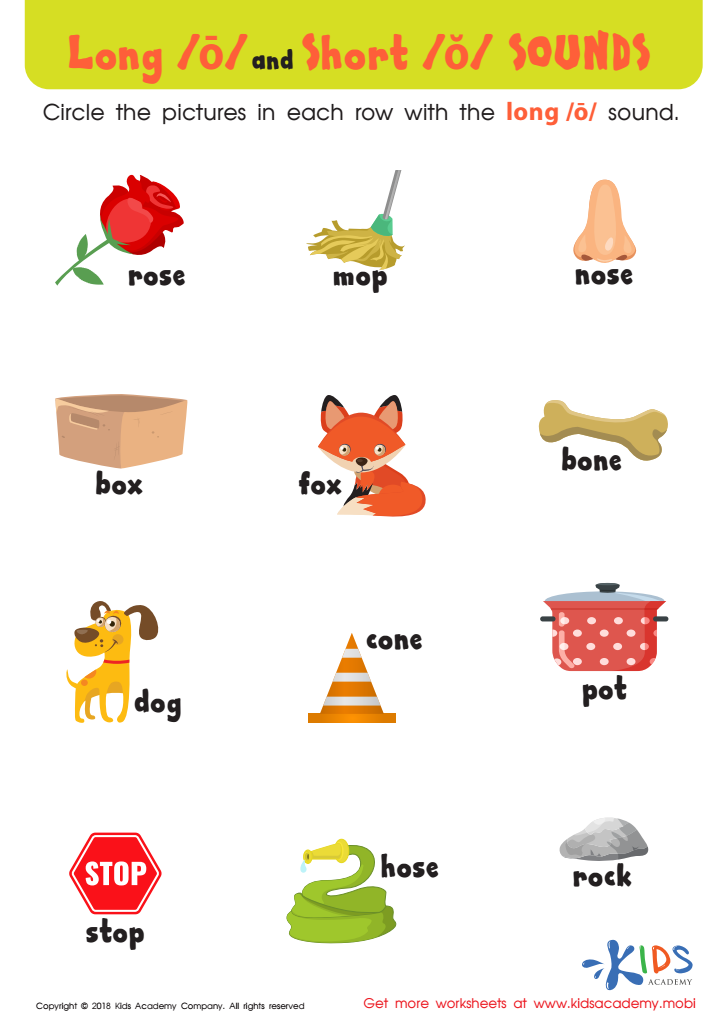

Reading: Long O and Short O Sounds Worksheet


Short Vowels /e/, /i/, and /u/ Worksheet
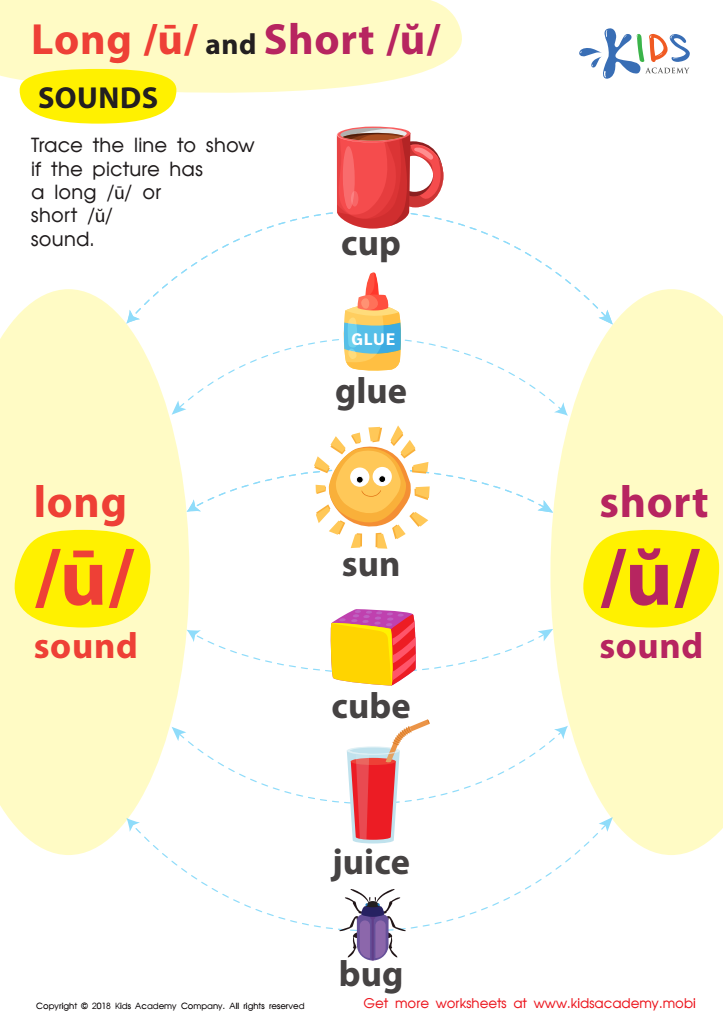

Reading: Long U and Short U Sounds Worksheet
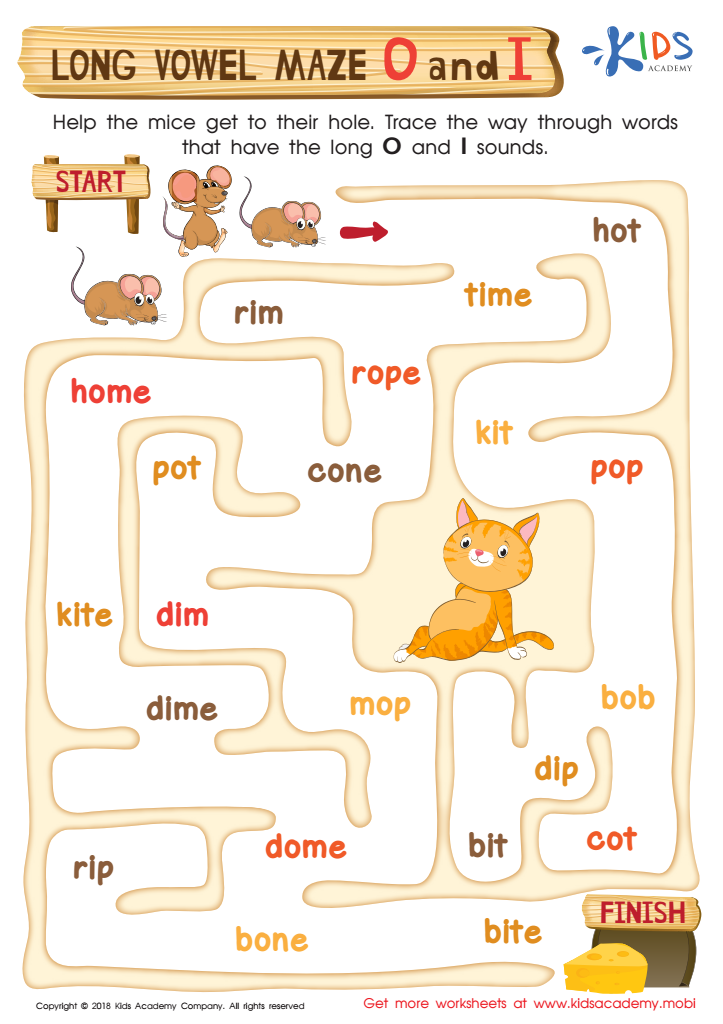

Long Vowel Maze /o/ and /i/ Worksheet
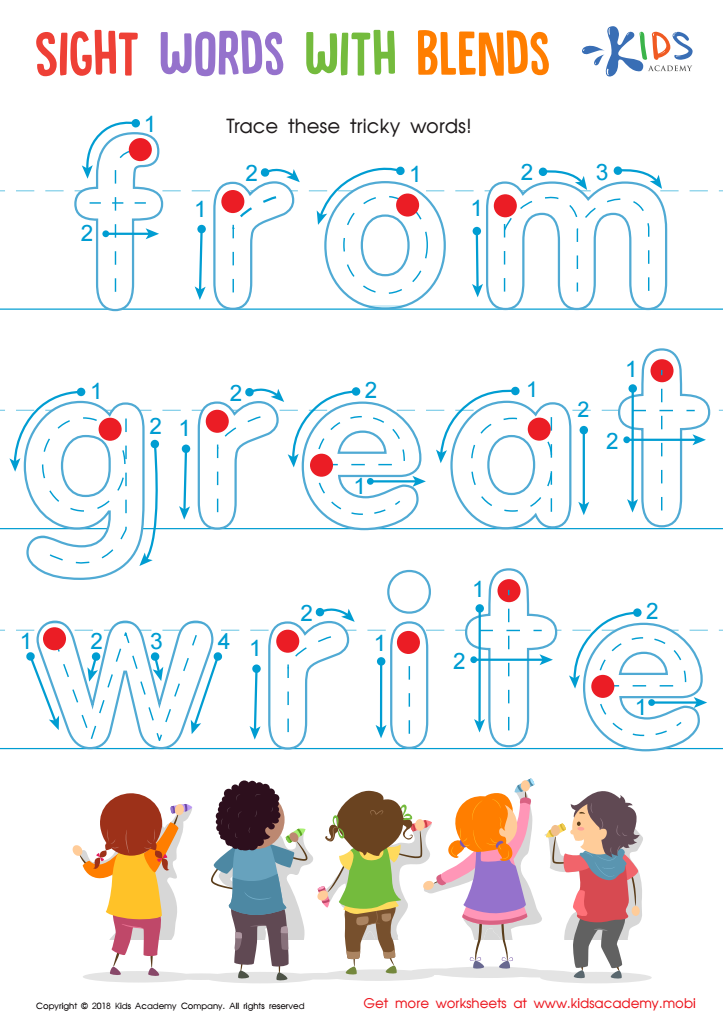

Sight Words with Blends Worksheet
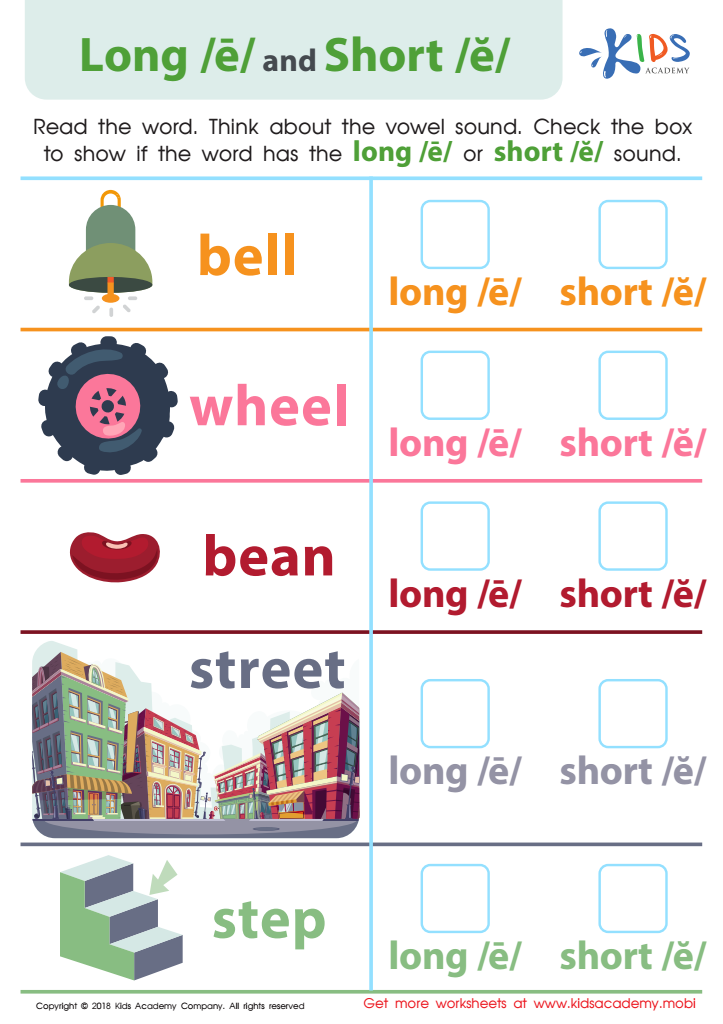

Reading: Long E and Short E Worksheet
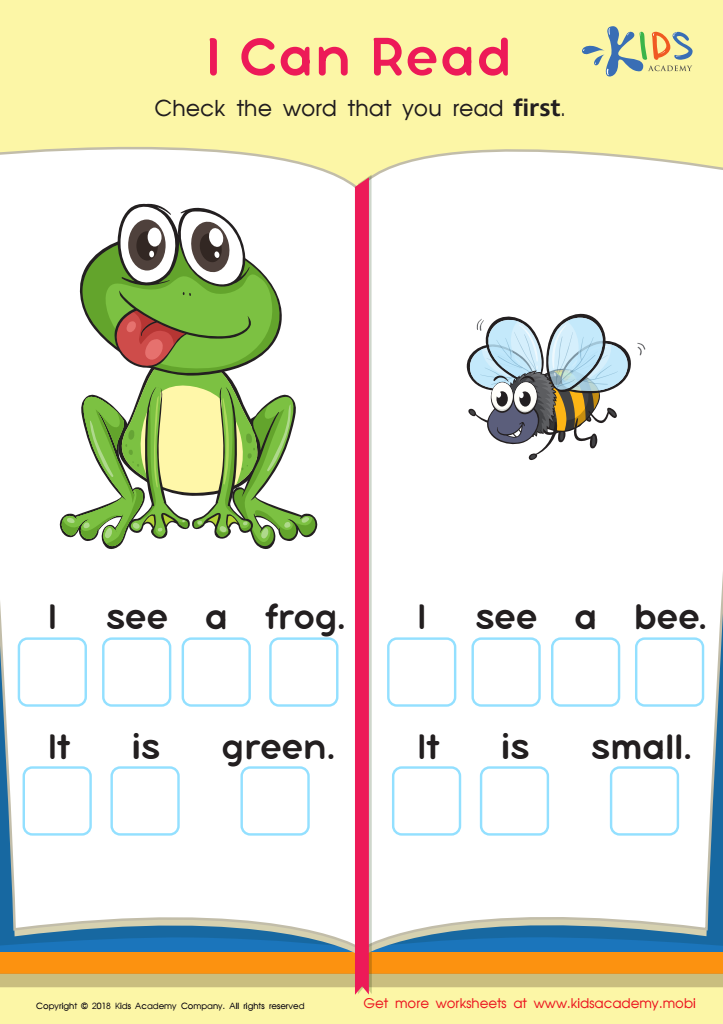

I Can Read Worksheet
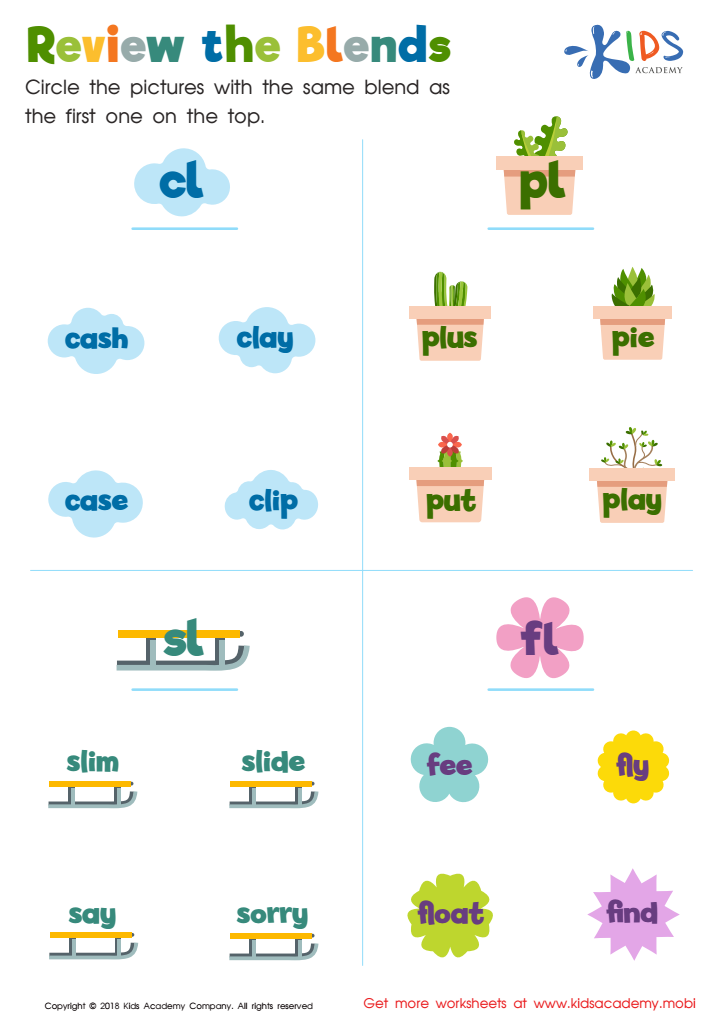

Review the Blends Worksheet
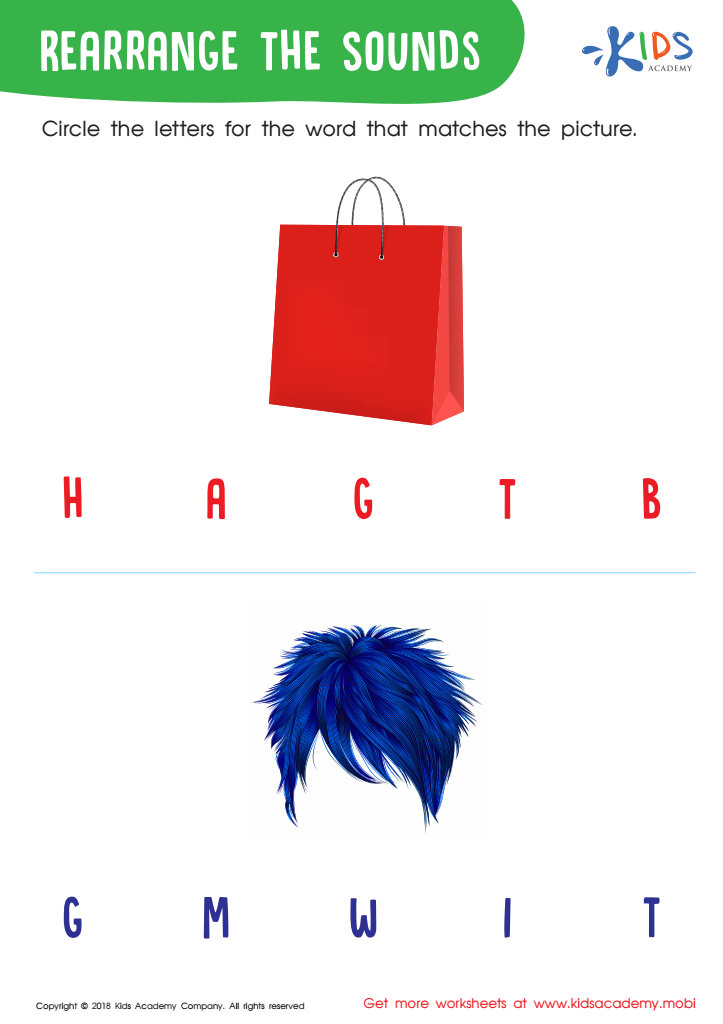

Rearrange the Sounds Worksheet
Reading comprehension and letter recognition are foundational skills that play a critical role in a child's early literacy development. For children aged 3-7, this stage is crucial as it sets the groundwork for future learning. Parents and teachers should care about these skills for several reasons.
Firstly, strong letter recognition facilitates the transition from recognizing letters to decoding words, which is vital for effective reading. Children who can easily identify letters are more likely to understand how these letters form sounds and words, paving the way for early reading success.
Secondly, reading comprehension goes hand-in-hand with letter recognition. Children who grasp the concept of letters aren’t just stringing sounds together; they begin to understand meaning. This comprehension enhances their ability to engage with stories, leading to richer vocabulary and improved communication skills.
Moreover, fostering these skills in the early years promotes a love for reading, which can influence academic achievement and lifelong learning. When parents and teachers prioritize these initiatives, they are not only advancing literacy but also building confidence, critical thinking, and imaginative play.
In essence, investing time and resources into reading comprehension and letter recognition lays a strong educational foundation that supports children throughout their academic journey.
 Assign to My Students
Assign to My Students















